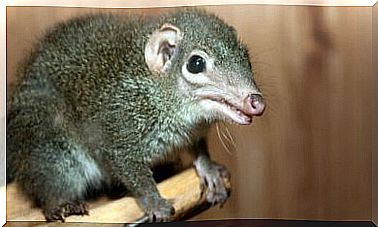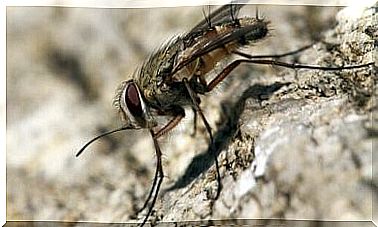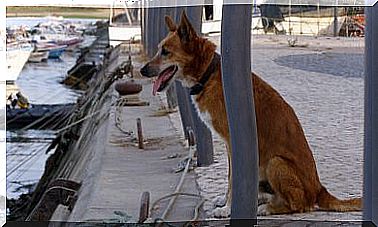How Did We End Up With The Giant Arau
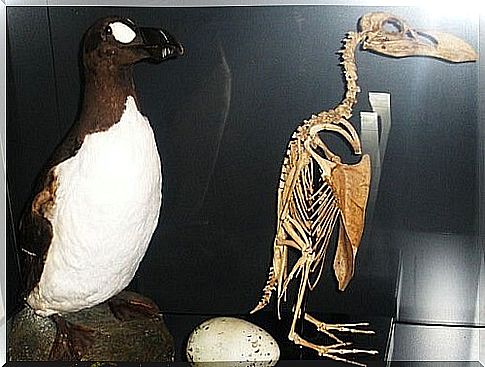
The giant macaw is a little-known species of seabird, and its little fame is explained by the fact that this animal became extinct in the early 19th century. However, its history reminds us of the reality that animals in danger of extinction live. This bird was the largest member of the alcidae, a group of seabirds that still have representatives, such as the common arau.
Macaws and the rest of the alk are similar to penguins, but that’s because they both evolved in a convergent way. That is, they are distantly related, whose similarity is due to the similar ecosystem in which they evolved. In fact, penguins are never found in the northern hemisphere, where we can see alcidians.
The giant auk was an animal that reached about one meter in height and about five kilos. Similar to penguins, their coat was black and white. In addition, its paws were slapped and its beak was very strong, and it was used as a spear to catch the fish it ate. Like penguins, they were unable to fly, practiced monogamy, and hatched eggs on cliffs.
The giant auk, an easy prey for man
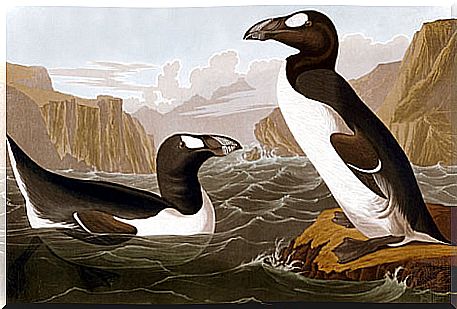
When the giant auk was discovered, it was mistaken for a penguin by the British. The giant auk lived in much of the northern hemisphere, and in many European countries and in North America, even inhabiting regions such as Florida and Gibraltar.
Although the giant auk was a very skilled animal in water, it was very clumsy on land. This caused that, for millennia, this animal was becoming extinct from the places where human activity reached.
Many remains have been found that demonstrate their hunting in the Paleolithic period, including tombs with more than one hundred beaks. It is believed that this animal became extinct in Europe around the 16th century, and in America in the late 18th century, when the species was restricted to Iceland.
Iceland, the last territory of the arau
It was here that the giant auk became a coveted prey for sailors who docked in Iceland, especially during the Napoleonic Wars. There, boats that hunted hundreds of arauses docked and, 20 years later, an earthquake destroyed one of its natural sanctuaries: the island of Geirfuglasker, which ended up sinking in the ocean.
The survivors of the Geirfuglasker seismic disaster immigrated disoriented: one of them even turned up dying off the coast of Ireland. Eldey Island, a piece of inert rock famous for its seabird colonies, became the last home of this species. But that didn’t last long, because his little presence made him become a collectible animal.
The giant auk, a collector’s item
Collectors of skins, bones and other animal parts from distant countries began to take an interest in the plow. Their eggs began to become a luxury item, and their price came to be equivalent to a year’s worth of work. This brought poaching to a halt in the 1840s, when giant macaws were no longer seen for years.
Four years later, Carl Siemsen sent three men to Eldey to prove extinction, as large amounts were being offered for the arau’s skin in Denmark. These three men ended up with the last known pair of araus, which was found incubating an egg on a cliff.
Today, dissected eggs and animals can be found in hundreds of museums. However, we will never see this animal alive again. Or is it? Some research groups are looking to revive extinct animals, including the plow. Without a doubt, this would be great news for the Arctic ecosystem, which has been left without one of its most unique animals.
